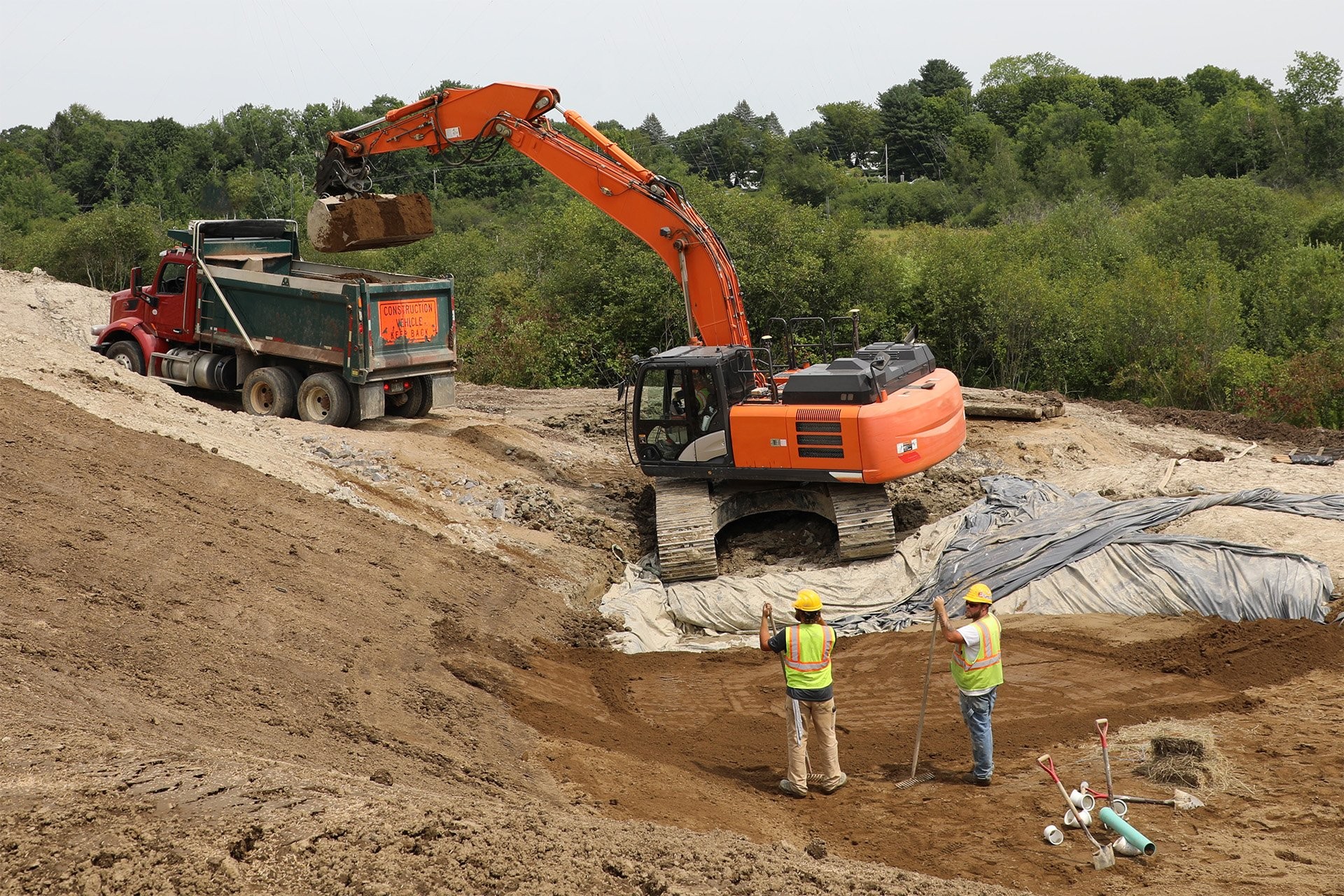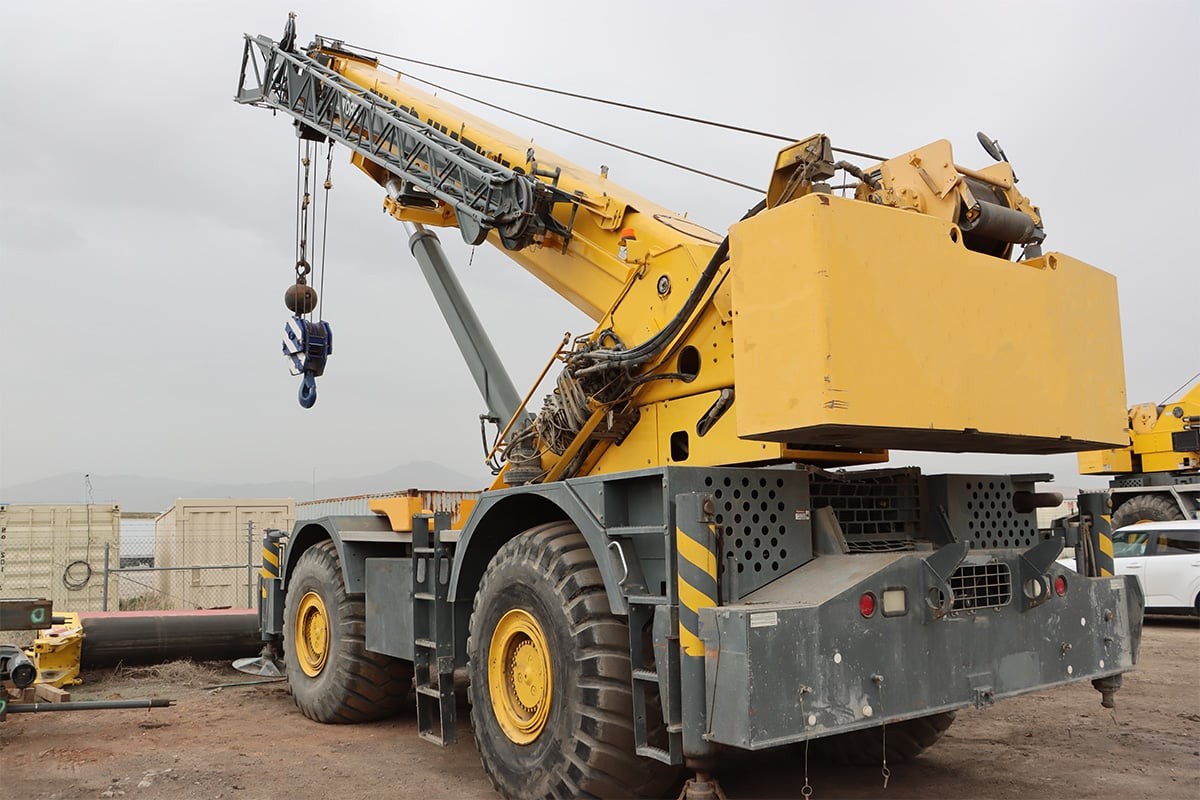In the intricate world of automotive technology and repair, a plethora of acronyms can quickly become overwhelming. For automotive professionals, especially those focused on diagnostics and repair at websites like autelfrance.com, understanding these terms is crucial. Among the most important are OBD-II, J-Bus (specifically J1939), and CAN bus. These protocols are fundamental for accessing vehicle data, diagnosing issues, and ensuring optimal performance, particularly when considering the Obdii J-bus interface in modern vehicles and equipment. Let’s delve into the distinctions between these systems and explore their significance in contemporary automotive diagnostics.
Decoding CAN Bus, OBD-II, and J-Bus (J1939)
While CAN bus, OBD-II, and J-Bus all facilitate data communication from sensors and systems within vehicles, they serve different purposes and operate at distinct levels. Here’s a detailed look at each:
CAN (Controller Area Network) Bus Explained
CAN bus, or Controller Area Network bus, is a robust communication protocol that acts as the backbone for data exchange within a vehicle. It allows various Electronic Control Units (ECUs) – managing everything from the engine and transmission to braking systems and sensors – to communicate efficiently. As a network protocol, CAN bus ensures reliable, real-time data transmission, crucial for complex systems requiring seamless integration between numerous components. The CAN bus specification is versatile, supporting different communication speeds, with newer vehicles increasingly adopting faster protocol versions to handle growing data demands.
OBD-II (On-Board Diagnostics II): Standardized Vehicle Diagnostics
OBD-II is a standardized diagnostic system, mandated in the United States for most vehicles since the mid-1990s. This system provides a universal method for diagnostic tools to access and retrieve information from a vehicle’s ECUs. OBD-II’s primary focus is on diagnostics, offering access to a specific subset of vehicle data related to emissions, engine performance, and sensor readings. It’s widely used for emissions testing, vehicle troubleshooting, fault code retrieval, and interfacing with aftermarket devices like GPS trackers and dash cameras. For mechanics working with passenger vehicles and light trucks, understanding OBD-II is fundamental for effective diagnostics and repair.
J-Bus (J1939): Heavy-Duty Vehicle Communication Standard
J-Bus, technically known as SAE J1939, is an application layer protocol and interface standard built upon the CAN bus physical layer. It is specifically designed for heavy-duty commercial vehicles, including trucks, buses, agricultural equipment, and construction machinery. J1939 standardizes the format and content of messages exchanged between ECUs in these vehicles, enabling consistent data communication for vehicle control, diagnostics, and monitoring. J-Bus addresses the unique requirements of the heavy-duty vehicle industry, providing a robust framework for managing complex systems in these applications. For professionals working on larger vehicles and equipment, familiarity with J-Bus is as critical as OBD-II is for light vehicles.
 site – can bus
site – can bus
To simplify the relationship: CAN bus is the foundational communication network within the vehicle. OBD-II and J1939 are protocols that operate on top of the CAN bus, each tailored for specific vehicle types and diagnostic needs. Therefore, when we consider obdii j-bus, we are looking at diagnostic and communication standards that utilize the CAN bus infrastructure but cater to different vehicle categories and data requirements.
The Advantages of Leveraging CAN Bus in Automotive Systems
For vehicle diagnostics, repair, and fleet management, understanding and utilizing the CAN bus framework, along with protocols like OBD-II and J-Bus, offers significant advantages.
Extensive Data Accessibility
CAN bus provides a broad spectrum of data access. It allows for the collection of real-time information from a multitude of vehicle systems, including engine parameters, transmission data, brake system status, sensor readings, and much more. This comprehensive data coverage enables in-depth analysis of vehicle performance, fuel efficiency, driver behavior, and various operational metrics. Systems utilizing CAN bus, including advanced diagnostic tools and obdii j-bus interfaces, can access data far beyond the basic parameters available through standard OBD-II, often including manufacturer-specific data and advanced diagnostic insights.
Enhanced Data Granularity
CAN bus offers a high degree of data granularity, providing access to detailed sensor readings and system parameters directly from the vehicle OEM (Original Equipment Manufacturer) via the CAN network. This granular data allows for a more precise understanding of vehicle behavior and system interactions. This level of detail is invaluable for detailed diagnostics, performance analysis, and identifying subtle issues that might be missed with less granular systems. For automotive repair professionals, this granularity is key to accurate troubleshooting and effective repairs.
Customization and Adaptability
CAN bus is versatile, accommodating various data types, including numeric values, text strings, and status flags. It also supports message prioritization, ensuring critical data is transmitted with higher urgency. Systems built on CAN bus, and protocols like J1939 within the obdii j-bus context, can be customized to collect a wide array of data points relevant to performance, maintenance needs, fuel consumption, idle times, and other critical operational aspects. This robust data set empowers automotive technicians and fleet managers to be proactive, make informed decisions, accelerate repair processes, and ultimately maximize vehicle uptime.
 CAN bus used on a crane
CAN bus used on a crane
Scalability and Network Expansion
CAN bus is inherently scalable, designed to support numerous interconnected devices. Its network topology facilitates easy expansion by adding new nodes or devices as needed. The distributed architecture of CAN bus allows each node to send and receive messages independently, simplifying system modifications and upgrades. This scalability is particularly beneficial in complex vehicle systems and large fleets where expanding data collection and communication capabilities is often necessary.
Simplicity and User-Friendliness
Compared to other network protocols, CAN bus is relatively straightforward. Its message-based communication model, using standardized message frames, promotes easy integration and interoperability between different devices and systems. This simplicity streamlines the development and implementation of diagnostic tools and vehicle management systems, making CAN bus accessible and user-friendly for technicians and engineers alike.
Robustness and Reliability
CAN bus is renowned for its robustness and reliability, essential characteristics for automotive applications. Operating on a dedicated bus, separate from other vehicle systems, CAN bus ensures data integrity and minimizes interference. It is designed to function effectively in harsh and electrically noisy environments, utilizing differential signaling to maintain reliable data transmission even in the presence of electromagnetic interference (EMI) and other disturbances. This reliability is critical for accurate diagnostics and consistent vehicle operation, ensuring that data accessed through obdii j-bus interfaces is trustworthy and dependable.
Choosing the Right Protocol: OBD-II, J-Bus, or CAN Bus Solutions
Each of these protocols—OBD-II, J-Bus, and solutions built directly on CAN bus—offers distinct value for vehicle and equipment management. The optimal choice depends on specific needs and objectives. For light-duty vehicle diagnostics, OBD-II is indispensable due to its standardization and accessibility. For heavy-duty commercial vehicles, J-Bus (J1939) provides the necessary standardized communication framework. For comprehensive data access and customized solutions across various vehicle types, leveraging CAN bus directly offers unparalleled flexibility and depth.
For automotive professionals and website content creators at autelfrance.com, understanding the nuances of obdii j-bus and the underlying CAN bus technology is paramount. When selecting diagnostic tools or fleet management solutions, it’s crucial to collaborate with equipment managers, maintenance personnel, and solution providers to assess the specific make, model, and year of vehicles and equipment. This ensures the selection of the most appropriate protocol and connection method for optimal results.
Beyond CAN bus, OBD-II, and J-Bus, various other methods exist for collecting vehicle run-time, location, and utilization data. However, for in-depth diagnostics and comprehensive vehicle system insights, understanding and utilizing the obdii j-bus landscape within the CAN bus framework remains essential for modern automotive expertise. When in doubt, consulting with a knowledgeable IoT or automotive diagnostic provider can help analyze specific needs and assets to construct the most effective solution and achieve the best outcomes.
